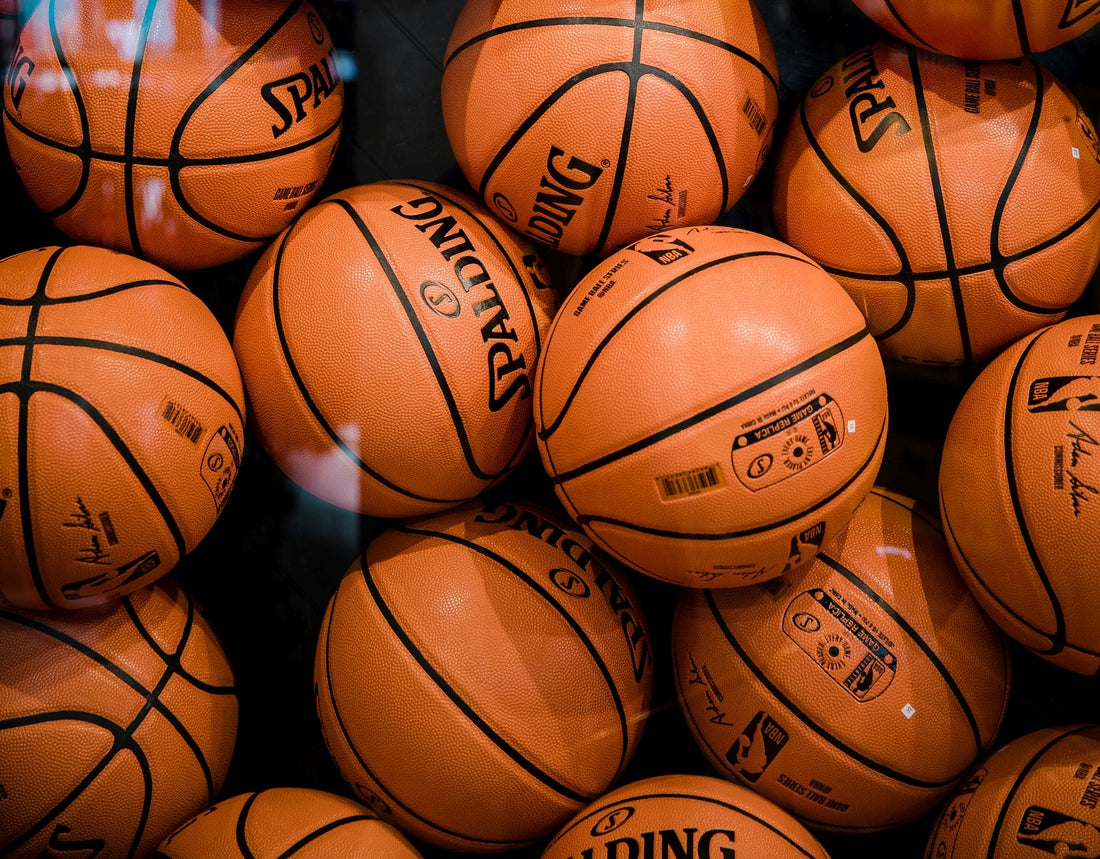Have you ever wondered how basketballs are made? Basketball is a type of a rubber ball, similar to volleyballs and medicine balls. Of course, the basketball strikes a balance between these two, to be optimized for the fantastic sport of basketball. While the development materials have changed over time, the main design of the basketball didn’t change much. Read on further to learn more about the development and design processes of creating a basketball.
If you are in a hurry, check out this brief video that explains how are basketballs created:
https://www.youtube.com/watch?v=K1VfdXmqjN8
What Are The Main Processes Of Creating A Basketball?
We can divide the processes of creating a basketball in four phases. Each of these phases are here to make sure that the ball has optimal performance. The steps in question are the following:
Without further ado, let’s dive into each phase of creating a basketball.
Phase 1: Creating The Inner Bladder
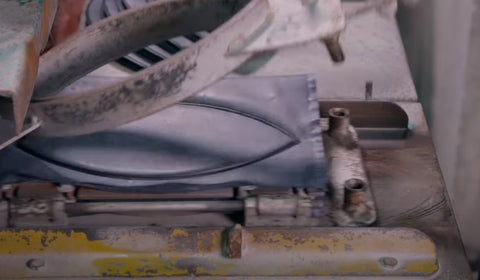
The inner bladder is the core of the basketball. It is made from black butyl rubber, a type of rubber which retains air and gives the bounce characteristic to the basketball.

To create the inner bladder of the basketball, this rubber is melted into flat panels. Then, the panels are attached to form the shape of a basketball. Afterwards, one inch-sized hole is pierced in the bladder so that the air filler tube can be installed.
The inner bladder is inflated and left in that state for 24 hours. This is done for clarifying the correctness of the inner bladder.
Phase 2: Shaping The Interior Of The Basketball

The inner bladder doesn’t have a perfect shape when it is first inflated. With the help of a machine, the polyester or nylon threads are wrapped around the inner bladder, to create a spherical shape of the ball. Also, the threads will prevent the ball from being deformed.
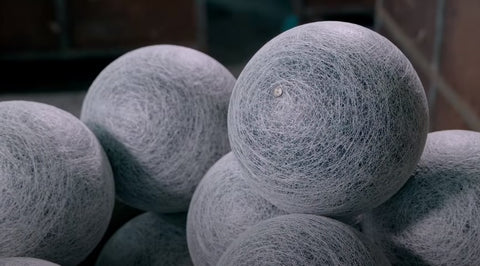
Different basketballs use different threads. For example, street basketballs utilize polyester threads, while professional basketballs feature nylon threads.
Phase 3: Making The Cover Of The Basketball

The cover of the basketball is usually made from diverse materials. High-quality basketballs feature quality leather cover, while other balls feature synthetic rubber or regular rubber.

First, the material of choice is unfolded and cut in six isolated panels that will eventually be wrapped around the basketball. If leather is used, it is stitched together around the ball. Otherwise, if any type of rubber is used, it is held onto the ball with glue.

Then, if the manufacturer wants to customize the basketball with decals or any other graphical information, the marking should be applied by hand at this point. The designs are usually applied via stickers that glue to the ball itself.
After injecting the leather patterns on the ball, the graphics will stick to the ball, so all that is left is to remove the sticker, leaving the graphic alone.
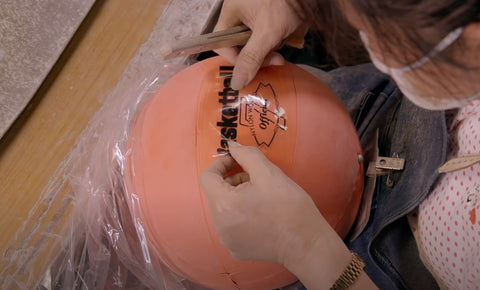
The basketball is practically finished its development process. Now, the testing phase remains.
Phase 4: Final Testing And Analysis
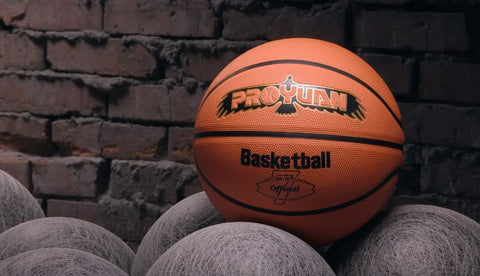
At the end of the basketball development process, a standardized inspection process commences.
First, the bounce aspect is tested. The basketball is dropped from 72 inches, and it must return up to 52 to 56 inches to be fit for commercial use.
After that, some small details like decals and other graphics are checked. Also, any glue leftovers are removed.
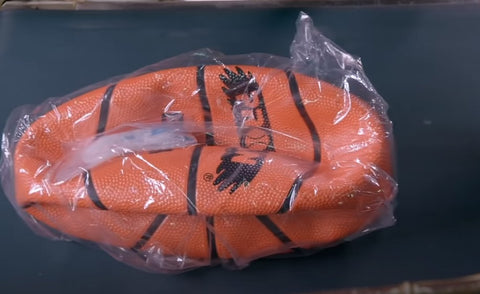
After the testing phase, the balls are usually packaged in plastic bags or cardboard boxes and sent out to distributors.
____________________
Now that you know how are basketballs made, you will be delighted to see that we can design your custom basketball free of charge.
Any questions or concerns about basketballs? Feel free to contact us via email or live chat.

